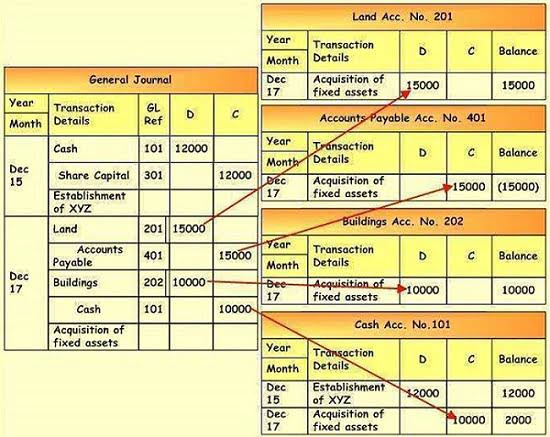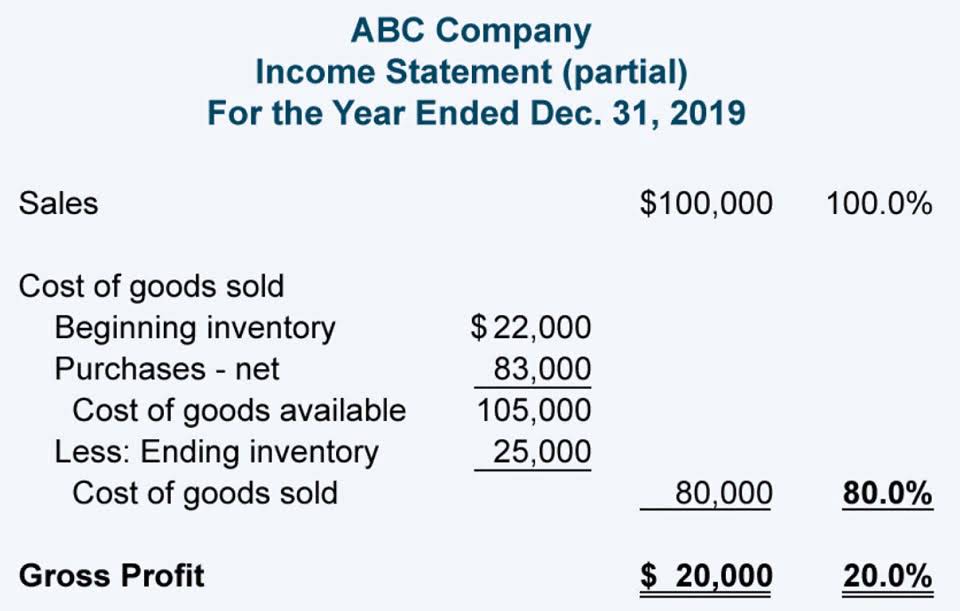
Use our calculator to simplify the process and make law firm chart of accounts informed choices about your assets. We have been given the asset’s original price in this example, i.e., $1 million. The asset’s useful life is also given, i.e., 20 years, and the depreciation rate is also provided, i.e., 20%.
What Is Free Cash Flow?

Salvage value can sometimes be merely a best-guess estimate, or it may be specifically determined by a tax or regulatory agency, such as the Internal Revenue Service (IRS). The salvage value is used to calculate year-to-year depreciation amounts on tangible assets and the corresponding tax deductions that a company is allowed to take for the depreciation of such assets. The third decision rule is for the situation of continuous regular payments that are variable in amount. NPV is often preferred for capital budgeting because it gives a direct measure of added value, while ROI is useful for comparing the efficiency of multiple investments. A positive NPV indicates that the projected earnings from an investment exceed the anticipated costs, representing a profitable venture.

Depreciation Rate:

An investor can perform this calculation easily with a spreadsheet or calculator. To illustrate the concept, the first five payments are displayed in the table below. The salvage value is used to determine annual depreciation in the accounting records, and the salvage value is used to calculate depreciation expense on the tax return. The formula to calculate the annual depreciation is the remaining book value of the fixed asset recorded on the balance sheet divided by the useful life assumption. The depreciation expense reduces the carrying value of a fixed asset (PP&E) recorded on a company’s balance sheet based on its useful life and gross vs net salvage value assumption.
Why Calculate After-Tax Salvage Value?
It refers to the estimated value that an asset will have at the end of its useful life. This figure is critical for businesses as it plays a key role in several financial processes, including the calculation of after tax salvage formula depreciation, asset replacement planning, and overall financial strategy. Understanding how to accurately calculate salvage value is essential for businesses to manage their assets effectively.
- Any calculation of net present value is incomplete if we ignore the income tax implications of the project.
- Understanding the definition and significance of salvage value helps business owners and managers make informed choices and plan for the future.
- This calculation helps in evaluating the net benefit of disposing of an asset versus keeping it in operation.
- Cash flow after taxes (CFAT) is a measure of financial performance that shows a company’s ability to generate cash flow through its operations.
- Calculating after tax salvage value is an essential aspect of managing assets and making informed financial decisions for businesses and individuals alike.
- It must be noted that the cost of the asset is recorded on the company’s balance sheet whereas the depreciation amount is recorded in the income statement.

The units of production method is appropriate for assets that are mainly used based on its output or production levels, such as machinery. The declining balance method is best suited for assets that are expected to be more productive in their early years and less productive as time goes on. The sum-of-the-years’ digits method is generally used for assets with a higher productivity pattern in the early years and slower productivity in later years.
- The disposal value, also known as gross proceeds, is the amount received when selling or disposing an asset.
- We hope to provide a well-rounded, multi-faceted look at the past, present, the future of EdTech in the US and internationally.
- After that, this value is deducted from the total cost of the assets, and then the depreciation is charged on the remaining amount.
- The scrap value of an asset can be negative if the cost of disposing of the asset results in a net cash outflow that is a contributing factor in the scrap value.
- Understanding after tax salvage value is a crucial component in determining the overall profitability of an investment or asset.
- Starting from the original cost of purchase, we must deduct the product of the annual depreciation expense and the number of years.
For tax purposes, the depreciation is calculated in the US by assuming the scrap value as zero. To calculate the after-tax salvage value, subtract the book value from the selling price to find the gain, multiply the gain by the tax rate, and then subtract the tax from the selling price. The depreciation rate is influenced by the asset’s useful life, salvage value, and the method of depreciation chosen, such as the straight-line or double-declining balance method. The original price or initial cost of an asset includes its purchase price, installation costs, and any other expenses incurred to bring the asset to a usable state. Salvage value plays a crucial role in determining the worth of an asset at the end of its useful life.
- For tax purposes, the depreciation is calculated in the US by assuming the scrap value as zero.
- In this article, we’ll walk you through the process of calculating the after tax salvage value.
- The salvage value is considered the resale price of an asset at the end of its useful life.
- The salvage value calculator cars and vehicles is useful when you are suspicious about the price of the car while including the depreciation of the asset.
- The depreciation rate is influenced by the asset’s useful life, salvage value, and the method of depreciation chosen, such as the straight-line or double-declining balance method.
How Does the Salvage Value Calculator Beneficial?

Companies can also use comparable data with existing assets they owned, especially if these assets are normally used during the course of business. For example, consider a delivery company that frequently turns over its delivery trucks. That company may have the best sense of data based on their prior use of trucks. Companies can also get an appraisal of the asset by reaching out to an independent, third-party appraiser. This method involves obtaining an independent report of the asset’s value at the end of its useful life. This may also be done by using industry-specific data to estimate the asset’s value.
